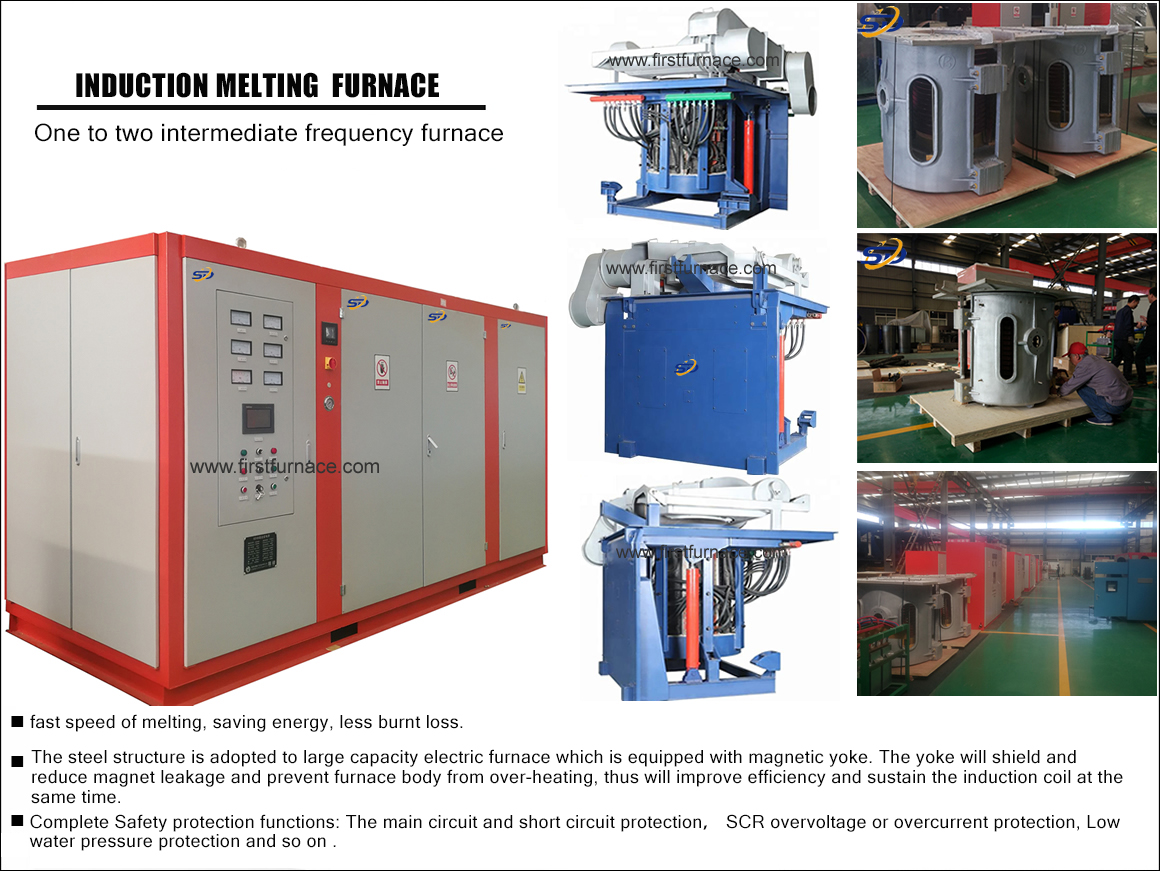Sales hot line ( 24 hours service): 18037961302
E-Mail: firstfurnace@gmail.com
whatsapp:+8618037961302
Adress: Luoxin Industrial Park, Luoyang, HenanLarge diameter steel pipe quen
Piston rod quenching and tempe
Grinding rod quenching and tem
High frequency induction heate
Quenching equipment for machin
Round steel end heating furnac
Steel pipe heat treatment prod
Square steel quenching and tem
Sucker rod quenching and tempe
Thickened petroleum steel pipe
Round steel quenching and temp
Steel pipe quenching and tempe
Steel plate quenching and temp
Induction Hardening Machine&nb
Flywheel ring gear high freque
Comparison of Energy-saving and Economical Heating between Induction Heating Furnace and Resistance Furnace
The amount of electricity heated by induction heating furnaces and resistance furnaces is mainly determined by the heating efficiency of the heating equipment. Now take the heating before hot rolling of a copper-clad steel plate in a factory as an example to compare the energy-saving and economical heating of induction heating furnace and resistance furnace.
Clad copper steel plate, the copper plate is wrapped on the steel plate, and then rolled after heating, so that the copper plate and the steel plate are bonded together to form a composite steel plate. In the factory, the production of copper-clad steel plates originally used two push rod type resistance furnaces for heating before hot rolling, one push rod type resistance furnace was used for production, and the other push rod type resistance furnace was ready for maintenance. The heating temperature of the blank is 900 degrees, and the productivity of the push rod resistance furnace is 2 pieces/min. In order to increase the productivity, the number of push rod resistance furnaces must be increased. Due to the limitation of the area of the production workshop, it is impossible to add push rod resistance. The furnace uses induction heating to heat the copper-clad steel sheet. Before the copper clad steel plate is heated by the push rod resistance furnace, the copper plate and the steel plate are pickled, and then the copper plate is wrapped on the outside of the steel plate, and thin steel sheets are used to wrap the copper plate around to reduce the contact surface between the copper plate and the steel plate. In contact with air, there is also CO protective gas in the furnace to ensure that the surface of the copper plate and steel plate is not oxidized during the heating process, and the copper plate and the steel plate are well bonded after rolling. In order to facilitate the push-in of the copper-clad steel plate from the feed end of the push rod resistance furnace, and push it out after heating in the furnace, the copper-clad steel plate is placed on a tray, and the copper-clad steel plate is separated by pad irons for heat radiation and convection. . The push rod type resistance furnace heats the copper-clad steel plate to 900℃, when the production rate is 2 pieces/min, the heating time is 240min, and its unit product power consumption is 348kW • h/t.
Before the induction heating of the clad copper steel plate, the copper plate and the steel plate are also pickled, and then the copper plate is covered on the outside of the steel plate, but there is no need to coat thin steel sheets around the clad copper steel plate. In the induction heating furnace for the heating of copper-clad steel plates, the copper-clad steel plates are stacked in the inductor, and a 3mm thick stainless steel plate is placed between the copper-clad steel plates to avoid adhesion between the copper-clad steel plates. During heating, CO shielding gas is passed through the induction heating furnace, so that the copper sheet of the hot-rolled copper-clad steel plate and the steel plate are bonded well. The copper-clad steel plate is heated to 900°C in an induction heating furnace, the productivity is increased to 4 pieces/min, the heating time is 12min, the total power is 700kW, and the unit product power consumption is 235kW • h/t.
1. Comparison of power consumption
The power consumption per unit product heated by the push rod resistance furnace for the copper steel plate is 348kW • h/t, and the unit power consumption per product heated by the induction heating furnace is 235kW-h/to heating by the induction heating furnace is better than the push rod resistance Furnace heating the copper steel plate uses less electricity H3kW • h/t, calculated based on the annual output of 10000t copper steel plate, saves 113 xl04kW-ho every year. At the same time, the push rod resistance furnace must be kept warm during public holidays and must be started in advance. The temperature rises in a few hours, which also consumes a lot of electricity and labor.
2. Shielding gas consumption
The push rod resistance furnace has a large furnace space, with a headroom of about 3m3, and a large consumption of CO protective gas. The sensor space of the induction heating furnace is very small, with a headroom of about 0.03m3, and the consumption of CO protective gas is much smaller.
3. Consumption of auxiliary materials
The copper-clad steel induction heating furnace eliminates the tray and shim used in the heating of the push rod resistance furnace.
No thin steel sheet is used to wrap around the copper-clad steel plate. Since thin steel sheets can only be used 2 to 3 times before they are scrapped, the consumption of thin steel sheets is very large. However, when the copper-clad steel plate is heated in an induction heating furnace, a 3mm thick stainless steel plate is used between the copper-clad steel plates.
4. Occupy the production area of the workshop
The push rod resistance furnace occupies the workshop production area of 37.6m2, while the induction heating furnace occupies the workshop production area of 6m) At the same time, the productivity of the copper-clad steel plate has increased from 2 pieces/min to 4 pieces/min. When the two push rod resistance furnaces were removed, the production area of the workshop was improved.
5. Number of operators
The production of copper-clad steel plates with induction heating furnaces requires three less operators than with push rod resistance furnaces.
6. Flexible and convenient to use
The copper-clad steel plate is produced in an induction heating furnace, which is flexible and convenient to use. The company can start or stop the furnace at any time as needed, which greatly reduces the preparation time before production. It only takes 12 minutes to restart the furnace for normal production. If the push rod resistance furnace fails, and when the spare push rod resistance furnace is activated, it will take a long time to heat the cold furnace to 900°C and consume a lot of electric energy.
7. Improve the workshop environment
The copper-clad steel plate is produced by induction heating furnace, which greatly improves the workshop environment. The temperature in the work area is about 10T lower than that produced by the push rod resistance furnace, which improves the working conditions of workers.

Iron induction furnace
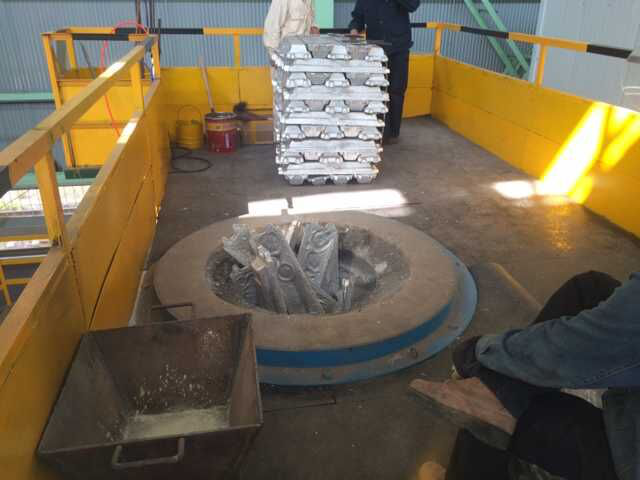
Aluminum melting furnace

Copper melting furnace
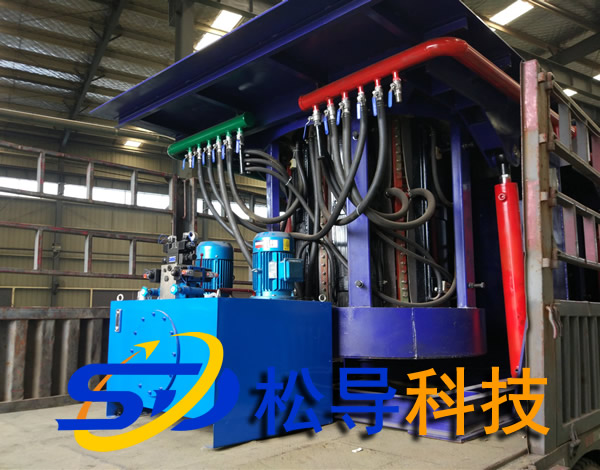
Small steel melting furnace
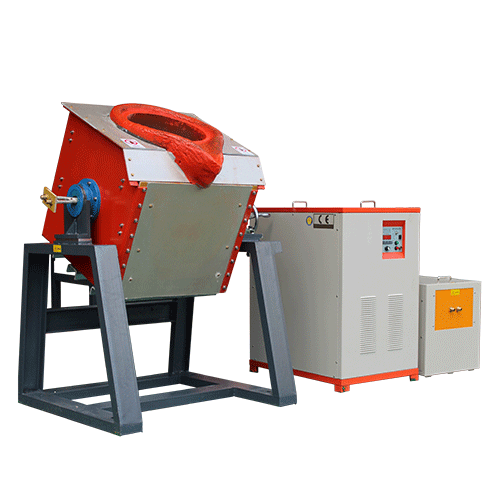
Small induction melting furnace
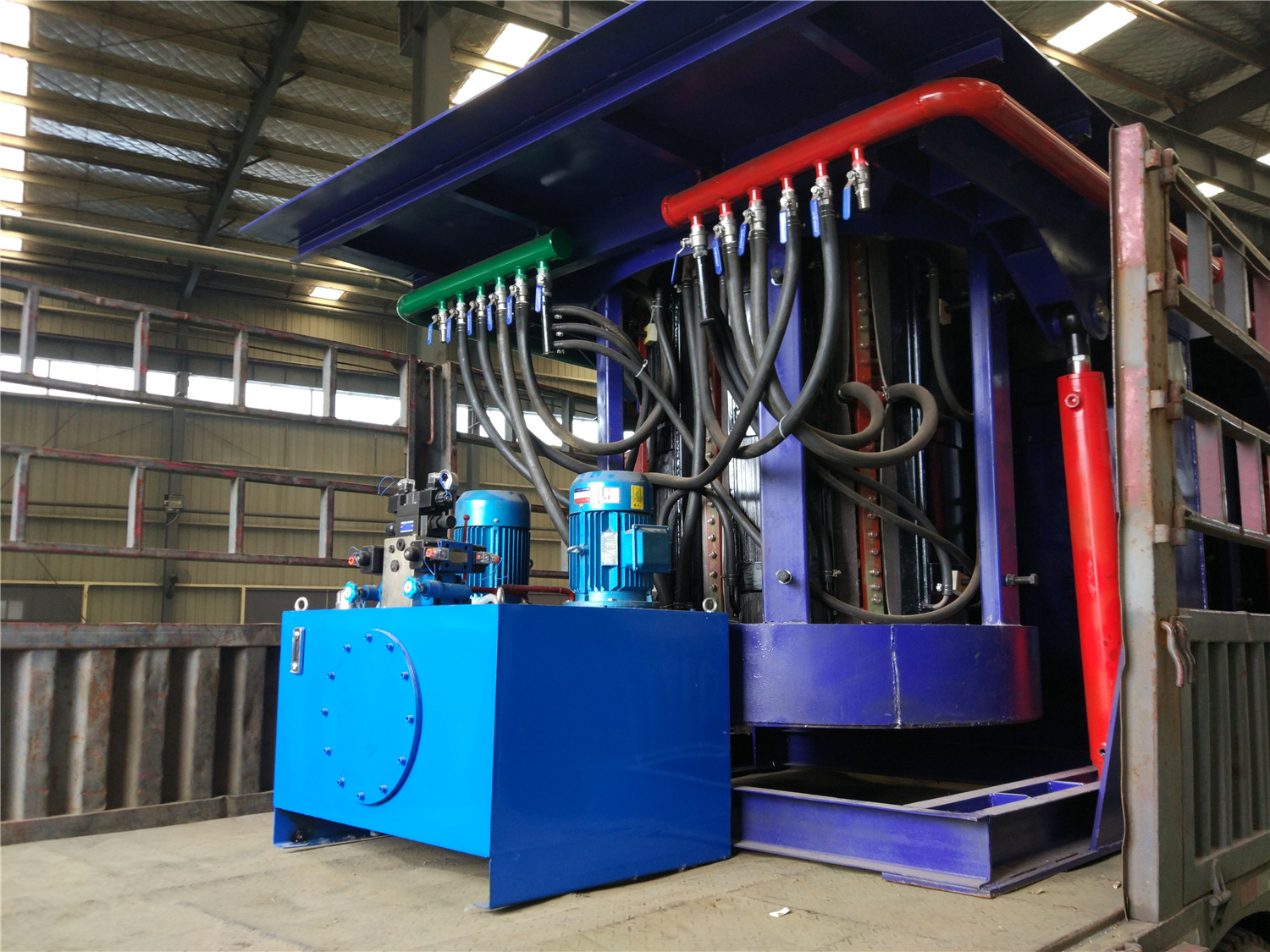
Induction iron furnace
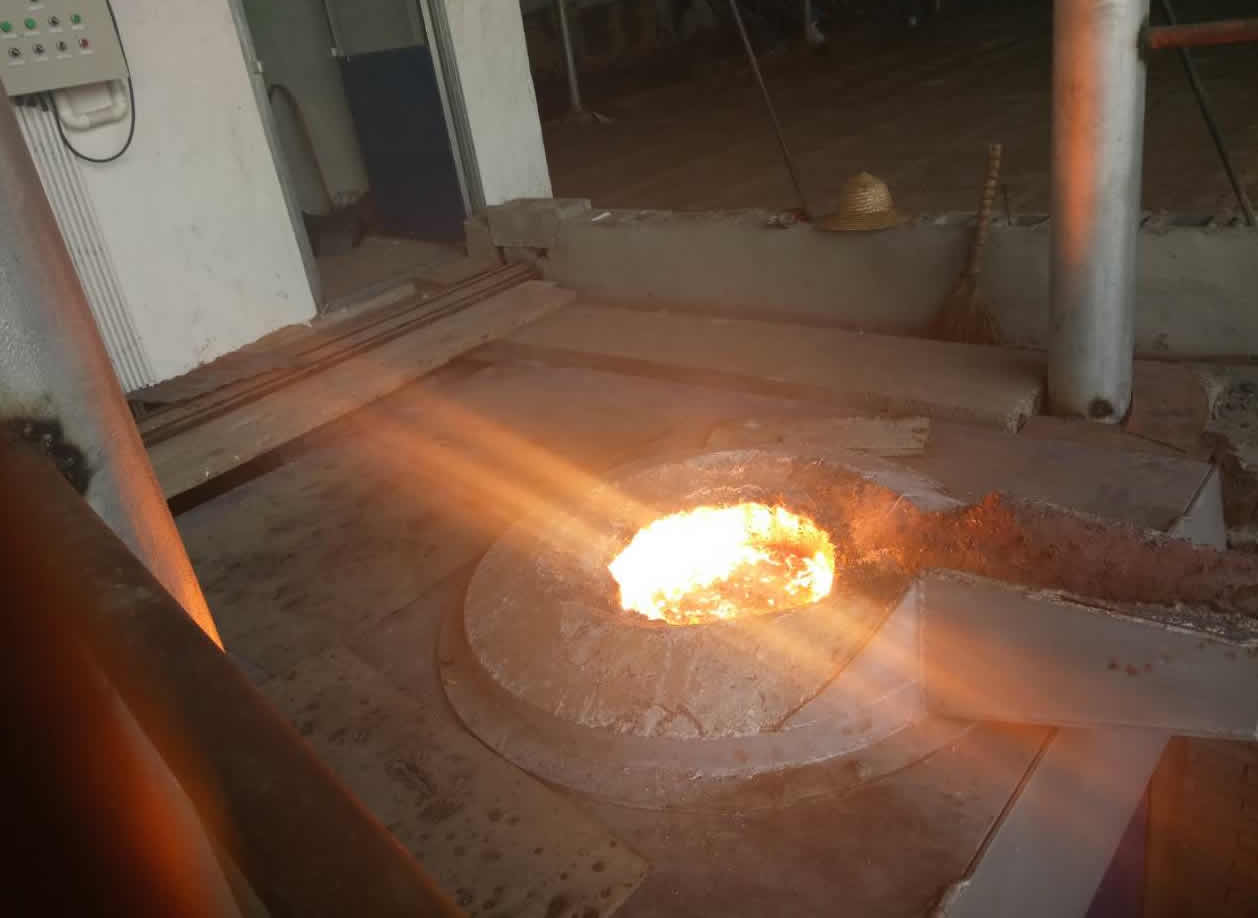
3T intermediate frequency iron melting f
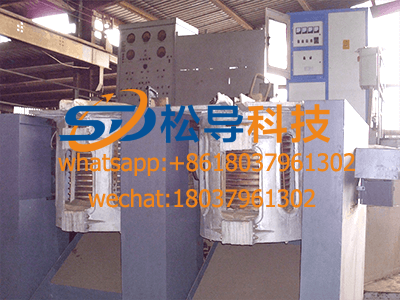
0.25T Intermediate Frequency Furnace
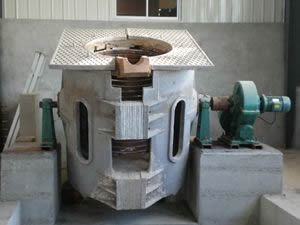
0.5T Intermediate Frequency Furnace
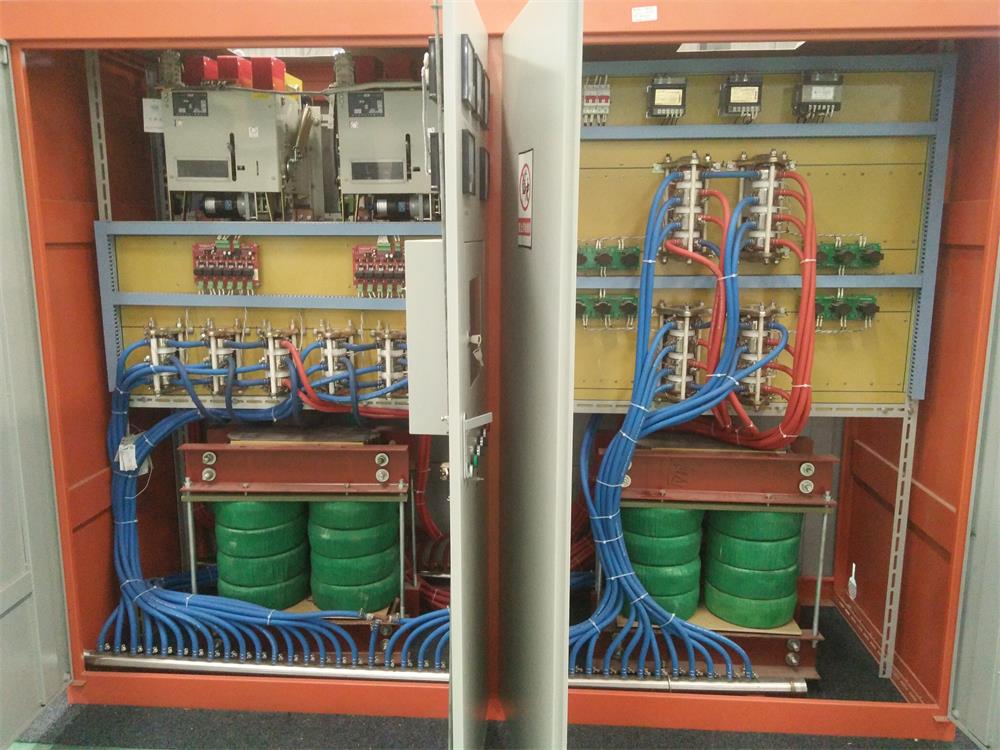
Medium Frequency Furnace

2T Induction Melting Furnace
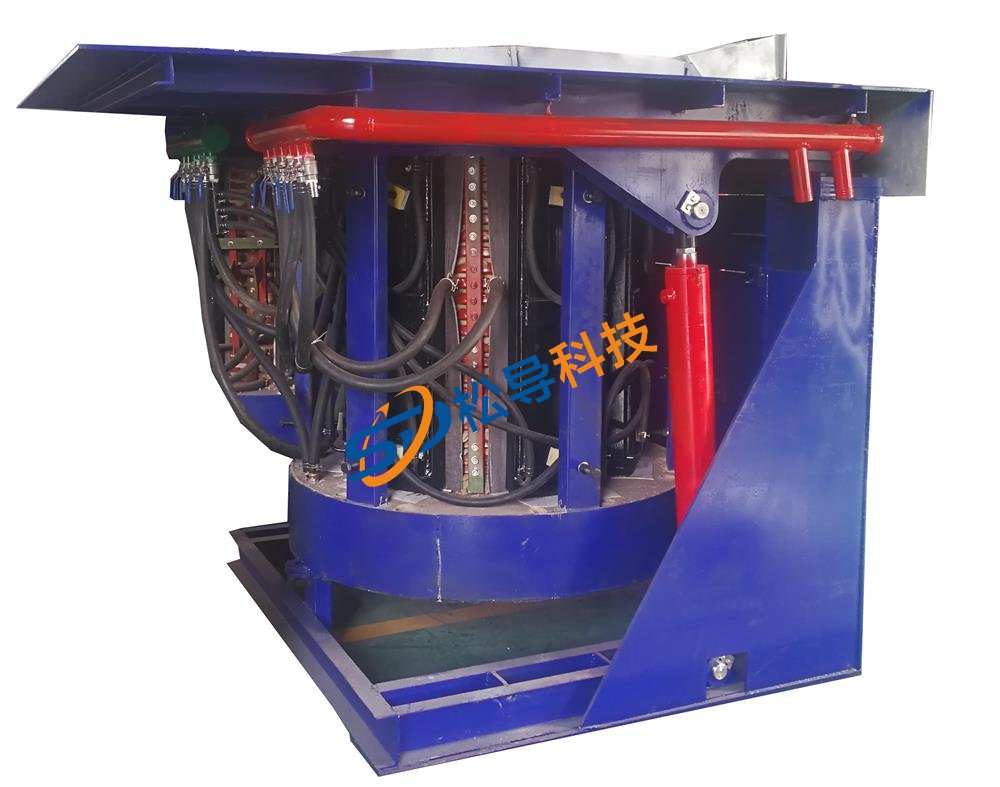
1T Induction Melting Furnace
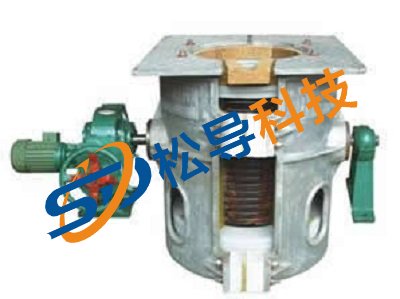
500kg Induction Melting Furnace
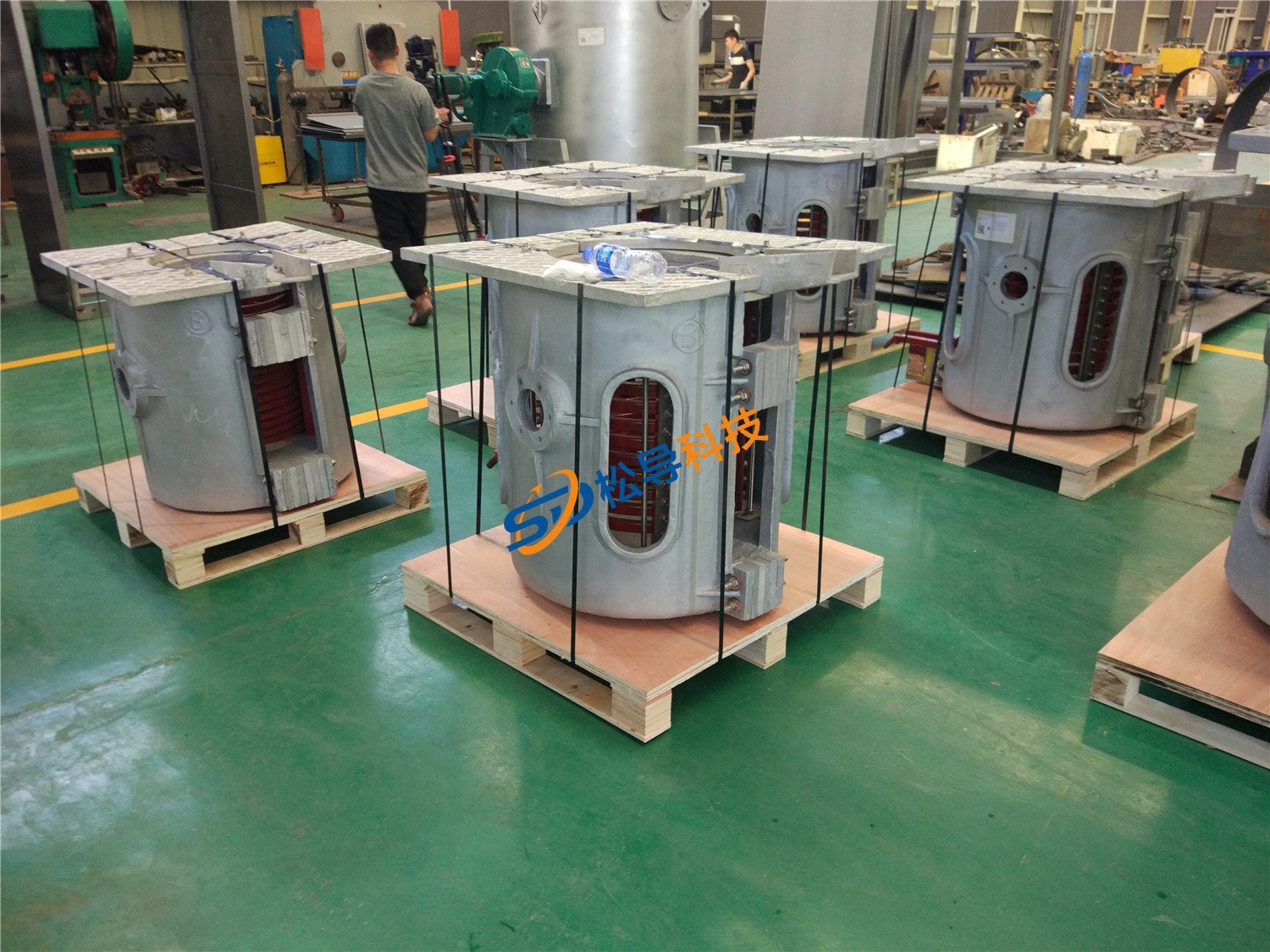
250kg Induction Melting Furnace
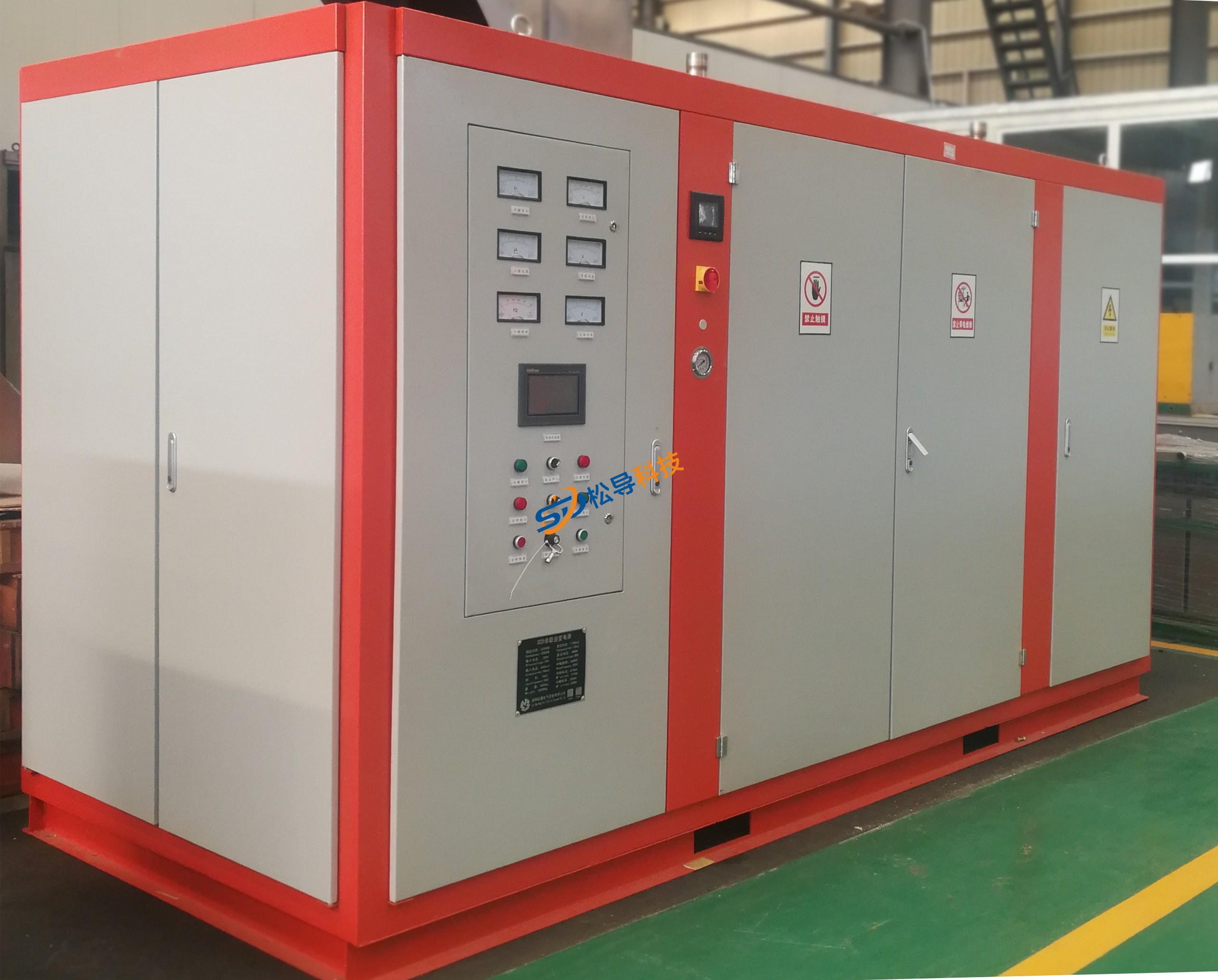
Induction Melting Furnace
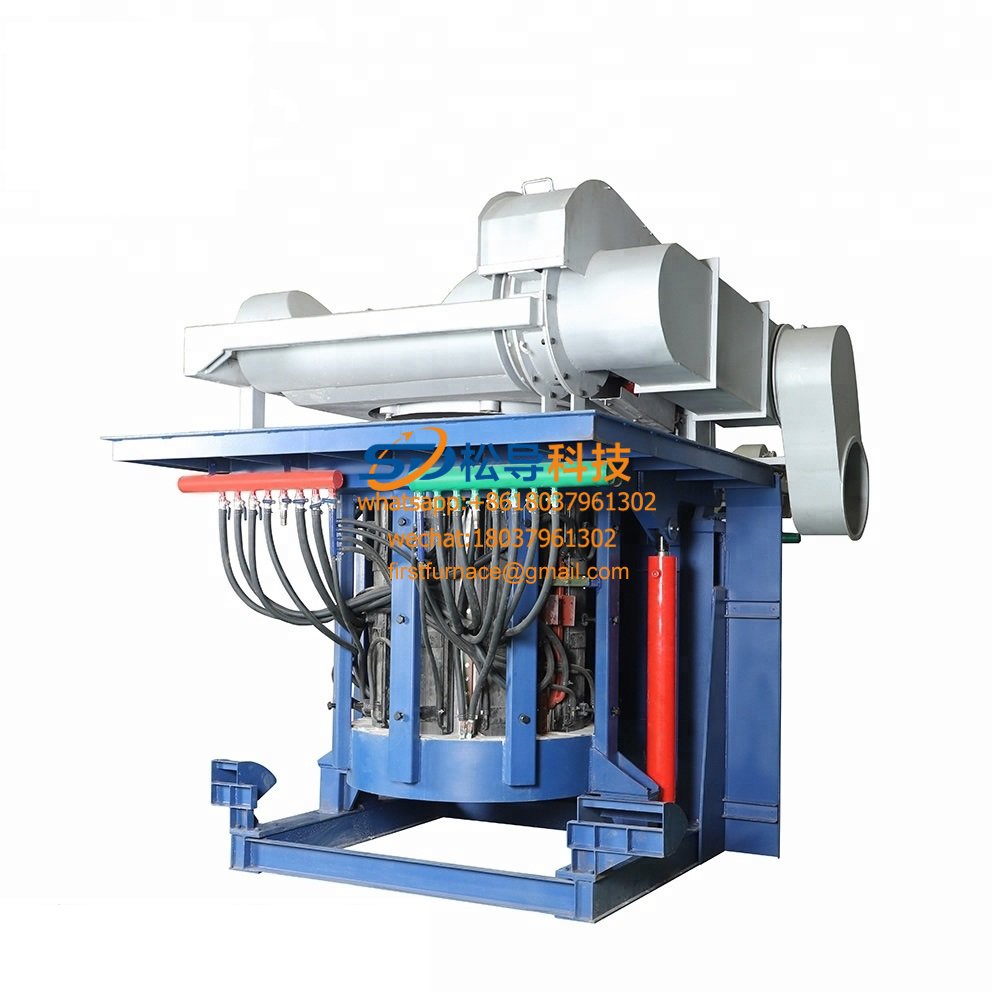
3 T Induction Melting Furnace
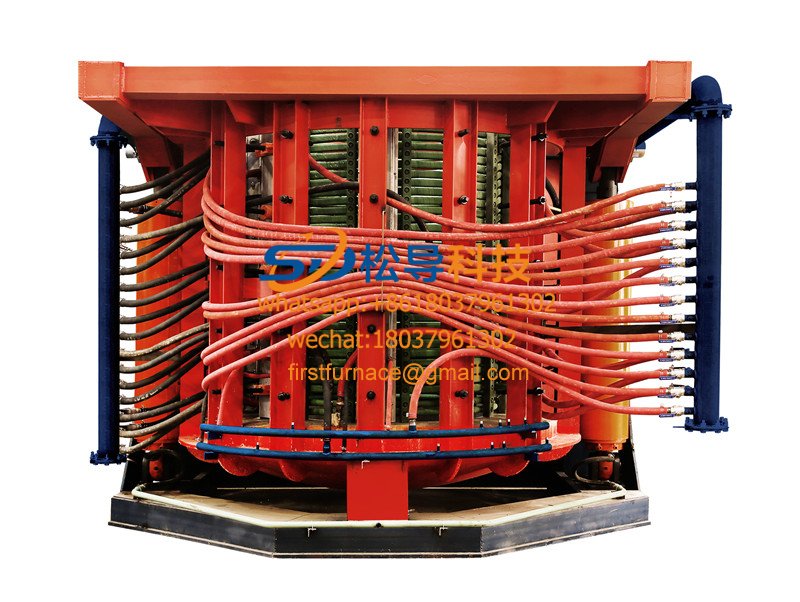
5T Induction Melting Furnace
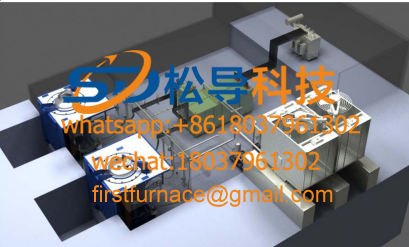
1T One Belt Two Intermediate Frequency F

5T One Belt Two Intermediate Frequency F
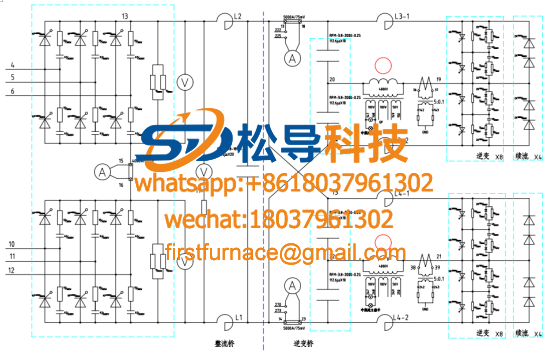
3T One Belt Two Intermediate Frequency F
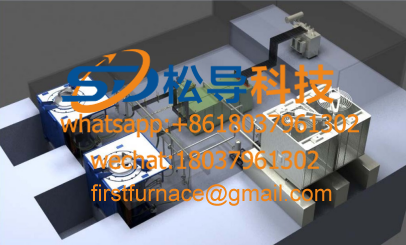
2T One Belt Two Intermediate Frequency F
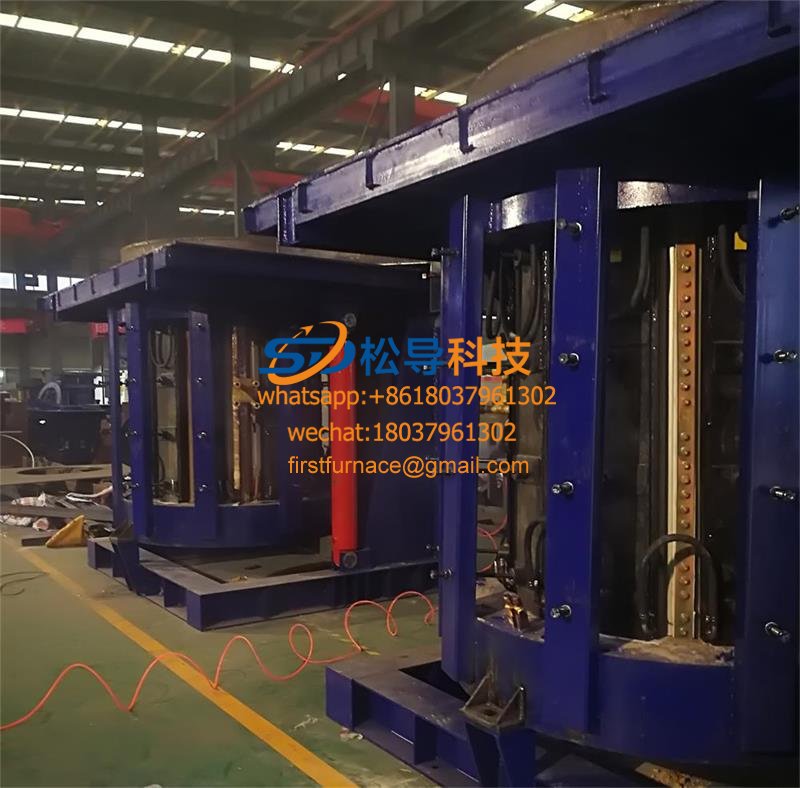
5T Parallel Intermediate Frequency Furna
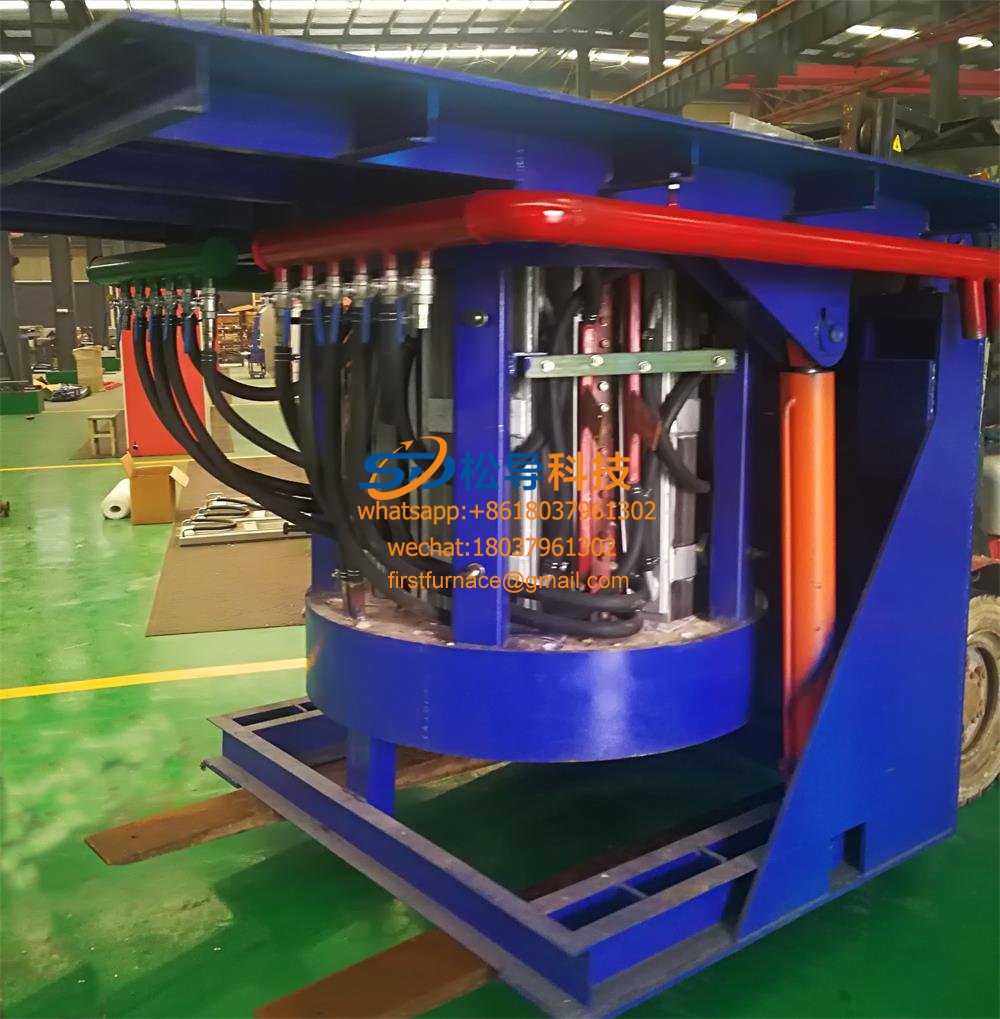
5T Intermediate Frequency Furnace

5T Series Intermediate Frequency Furnace
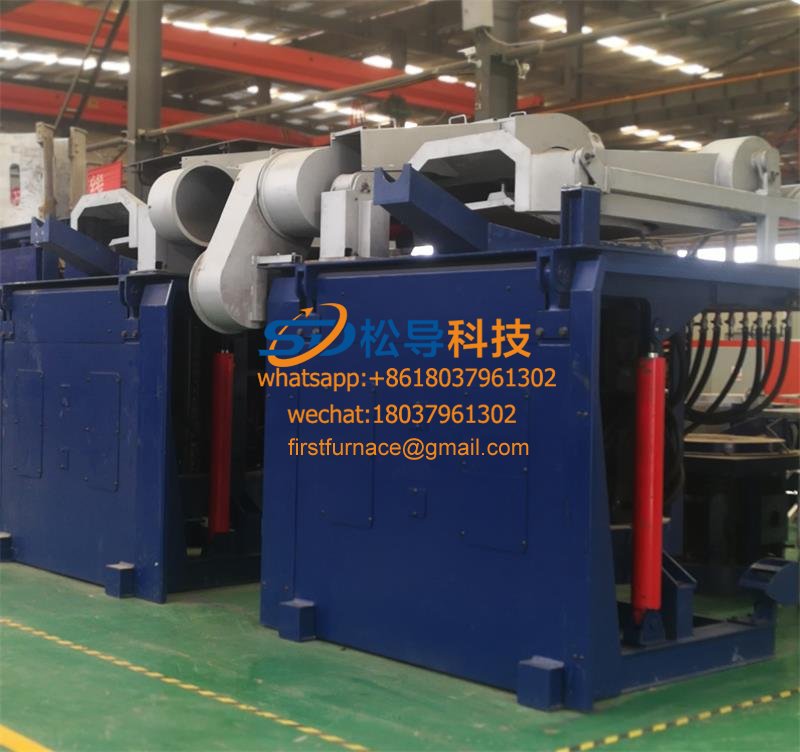
3T Series Intermediate Frequency Furnace
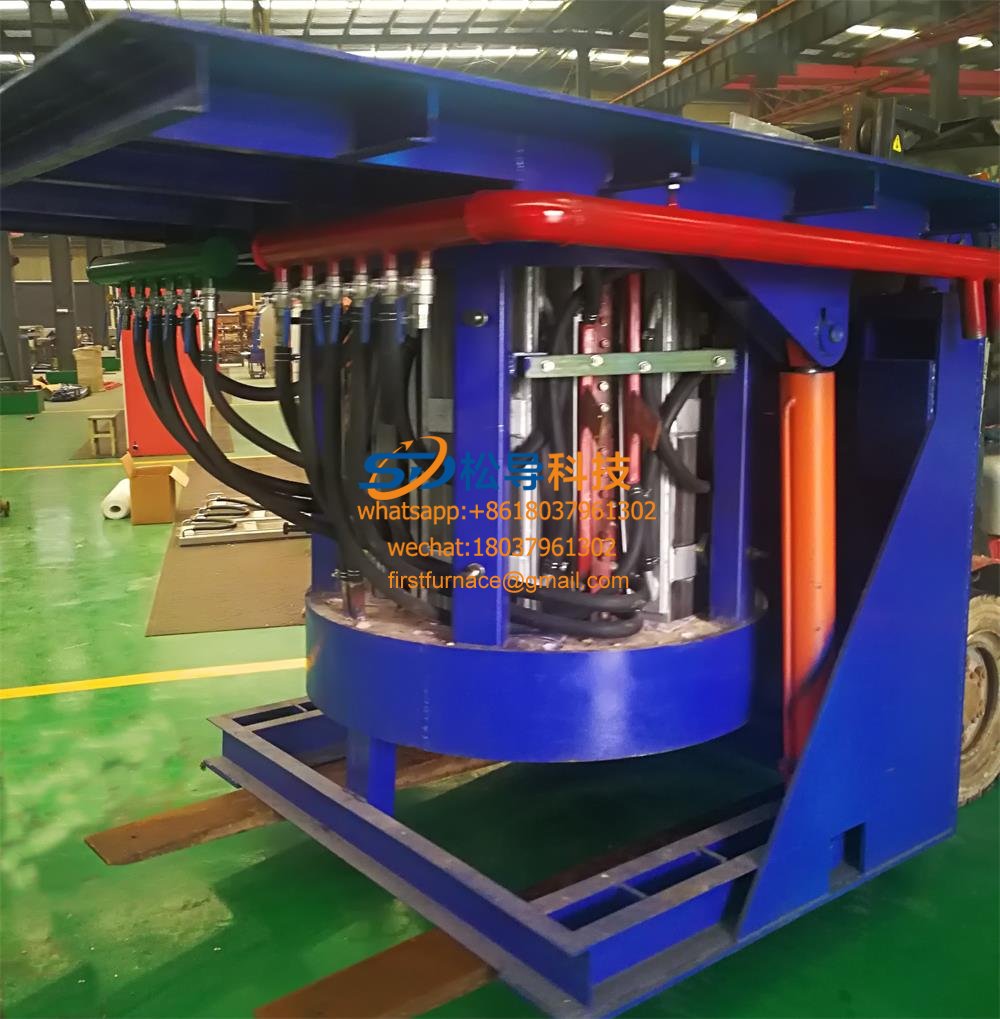
2T Series Intermediate Frequency Furnace
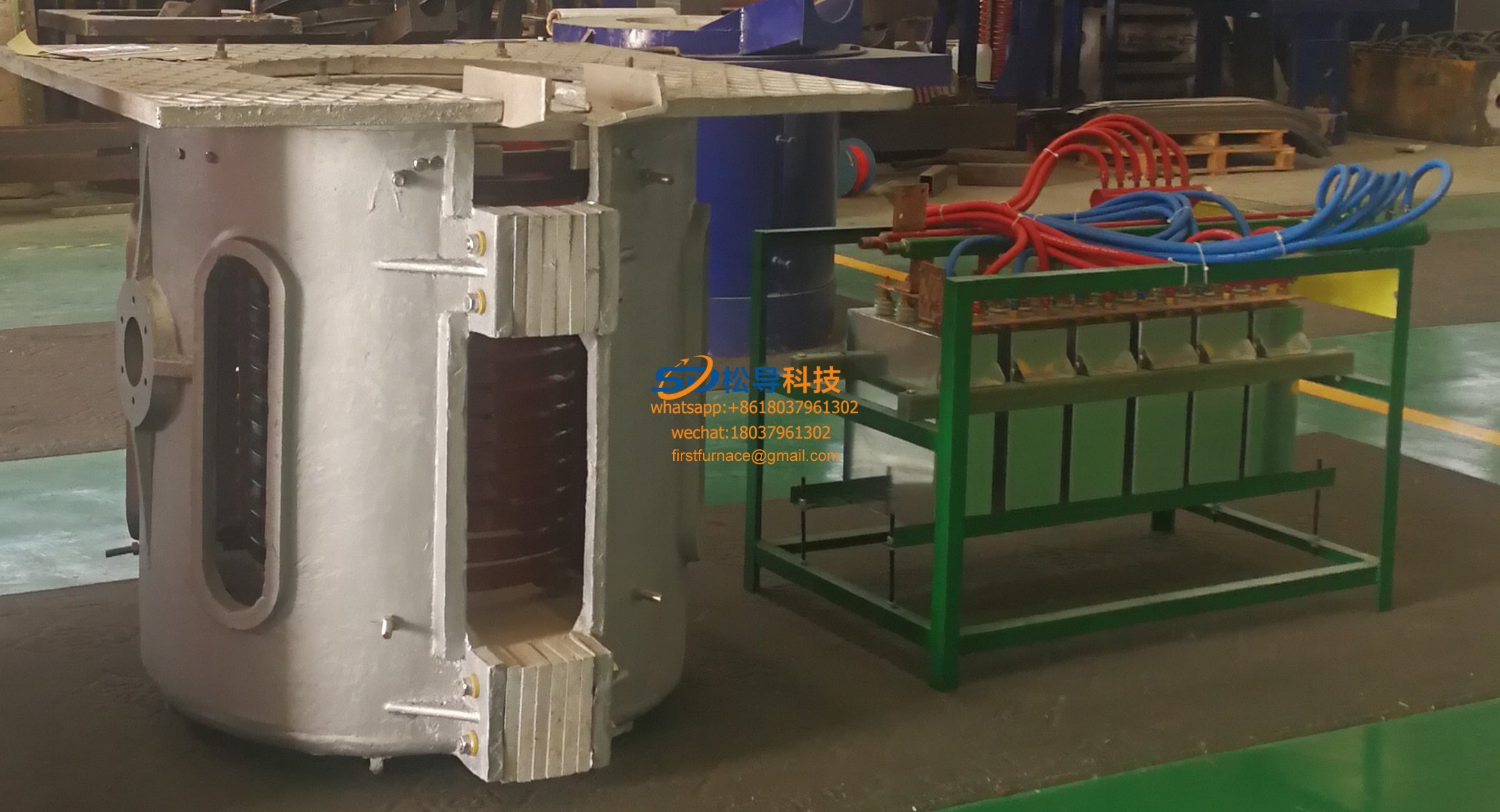
1T Series Intermediate Frequency Furnace
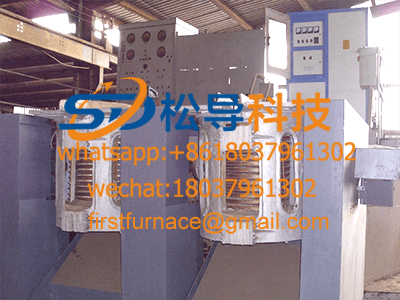
0.5T Series Intermediate Frequency Furna

0.25T Series Intermediate Frequency Furn

1T Parallel Intermediate Frequency Furna
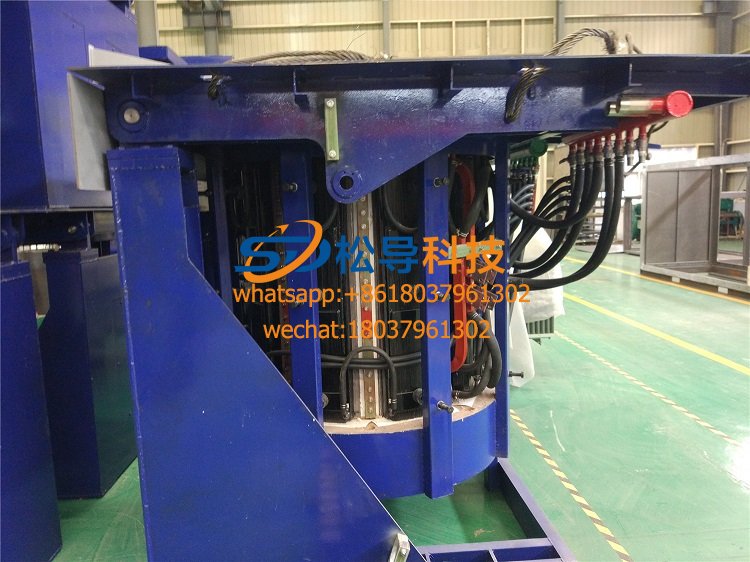
2T Parallel Intermediate Frequency Furna
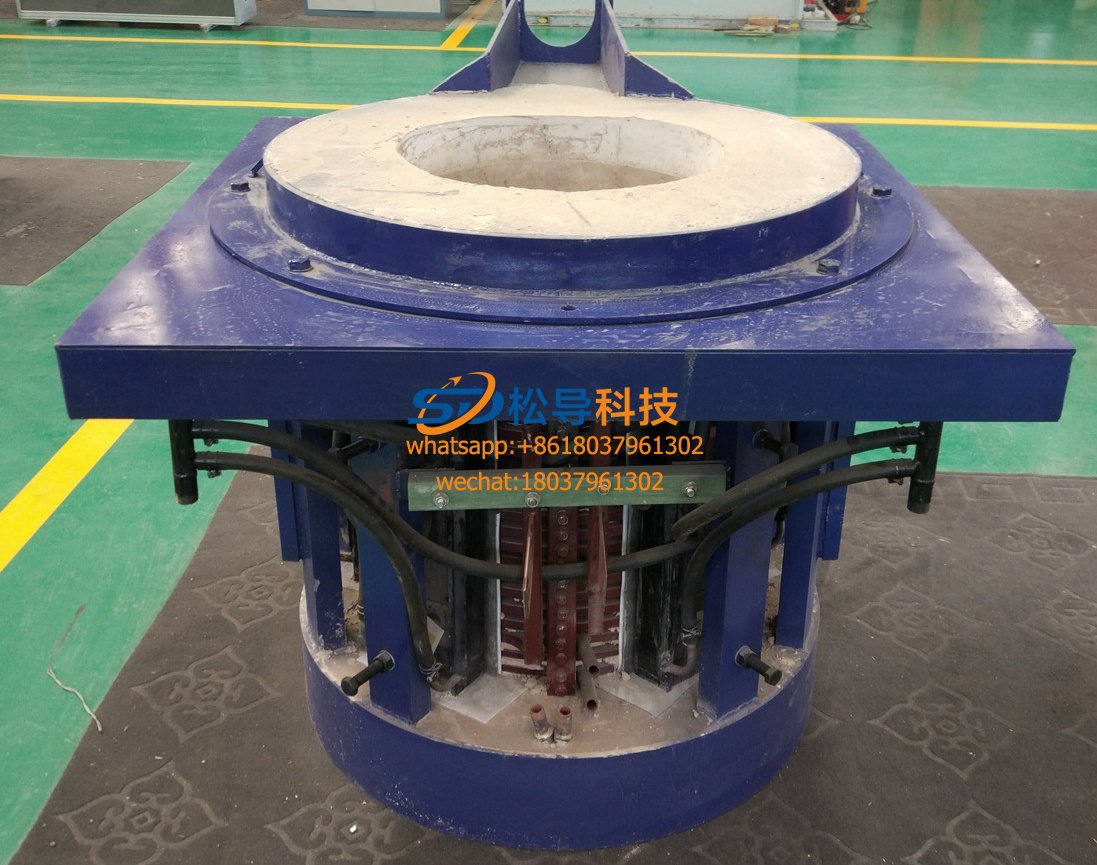
0.5T Parallel Intermediate Frequency Fur






